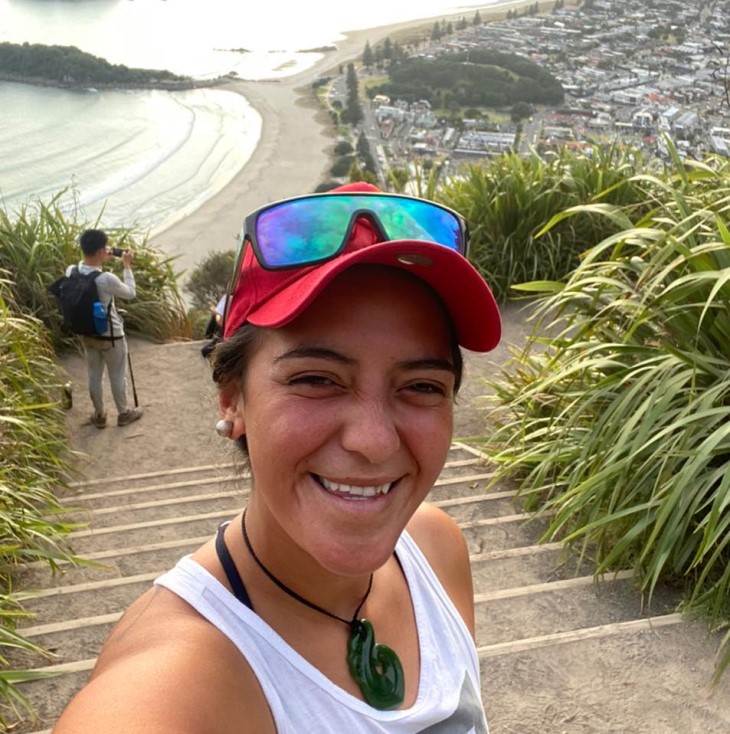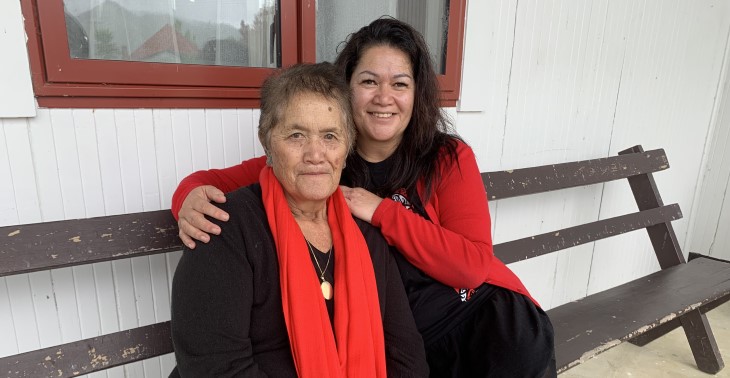Health providers on journey to lead way in cultural safety
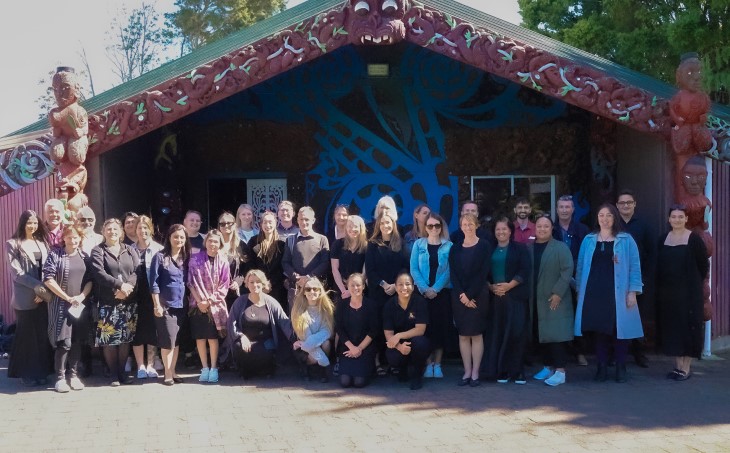
We recently published our Kawa Whakaruruhau (Cultural Safety) policy to help healthcare providers lift their cultural competency, and make people from all backgrounds feel safe.
“Don’t go to someone with an agenda of what you need. Go to someone who has the knowledge and ask what they think.”
That’s the advice of Erin Holland (Ngāpuhi and Te Rarawa), Chief of Clinical Services for Active+, who is currently helping guide her organisation through its journey to become a sector leader in cultural safety.
“We’re still very much in a learning phase ourselves but that’s one thing I’d say to any other organisations looking to go on a similar journey,” Erin says.
“You need to find someone with the right background and get them to look at your business and suggest areas where they think you can develop,” she adds.
“We’re not a kaupapa Māori organisation, and we don’t pretend to be, so why would we tell someone what we need from them? You need to go in with an open agenda and say, ‘Please can you look at us and help us become more culturally safe?’”
The changing face of cultural safety
In health, cultural safety is about acknowledging differences between groups and addressing biases that may impact on the quality of health and rehabilitation services, access to those services or the equity of health and rehabilitation outcomes.
Erin has 25 years of experience as a physiotherapist, and over 17 years of management experience as a business owner. Prior to her current role, she has also held various senior clinical and management positions for Active+, a multi-disciplinary rehabilitation supplier.
Despite working in the industry for so many years, Erin says terms like cultural safety and cultural competency were not used commonly until more recent times.
“It was all very medical-focused and I don’t remember cultural safety being part of the landscape,” she recalls.
“In the early part of my career, there was limited discussion around whether someone was being treated equitably and if you were going to consider their culture or who they were, apart from in a very broad sense of just being respectful.
“I think it’s only been in the last five or so years that cultural safety has become more front and centre in terms of the way we think about things in the health and wellbeing industry. We knew it was a problem and that someone should do something about it but there wasn’t really any method to do so.”
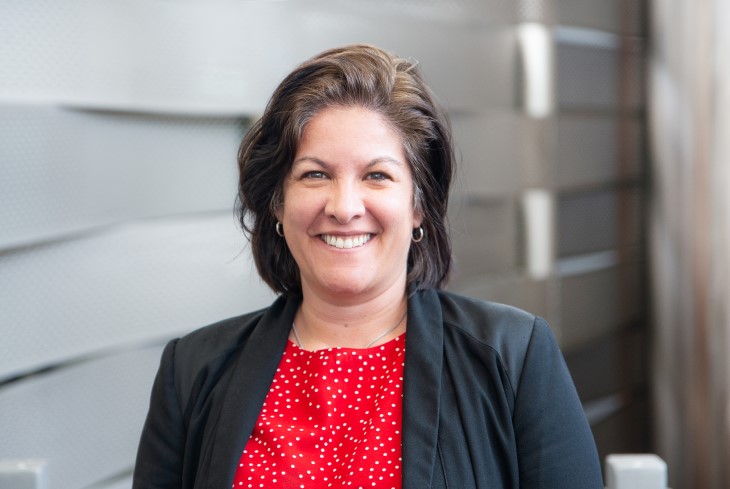
Active+ Chief of Clinical Services Erin Holland.
The middle ground for many Māori
Erin’s views towards cultural safety in the physiotherapy sector were also influenced by her upbringing and background.
“I identify as Māori and I have whakapapa to Hokianga in Northland. Even though I was born and raised in Auckland, most of my extended whānau are still up north and I think of that as my home,” she says.
“But I was raised in quite a Pākehā environment and I haven’t been back to where I’m from since I was a child. It gives me a unique insight into that middle ground between being fully immersed in te ao Māori (the Māori worldview) versus maybe being a little disconnected.
“And I’m not alone, I’m very aware many Māori New Zealanders are distanced from their iwi and their hapū. For example, my great grandmother spoke te reo Māori but was not able to in public. So that was lost to our whānau, and it’s then hard to get that back.”
Erin says those experiences were very common for the time.
“Māori weren’t allowed to speak te reo Māori at school or in public forums and were heavily discriminated against for all aspects of being Māori,” she says.
“So most Māori did what they could to integrate and stopped speaking te reo. That’s really where so much of the language was lost and not reinvigorated until the seventies and eighties. It’s a common story for indigenous populations everywhere unfortunately.”
Seeking expert guidance to plan for cultural safety
That sense of straddling two worlds with her identity is part of the reason why Erin advises organisations to seek expert external guidance in developing and implementing a cultural safety plan.
“I’m interested in this area and I have a passion for it – but I’m not a kaumatua who can lead us through this strongly,” she explains.
“I’m sure many other organisations would be in a similar position, so I’d advise anyone to reach out and connect with the right people.”
For Active+, the guidance of Lady Tureiti Moxon has been crucial in that regard. Lady Moxon is a Māori health leader and campaigner who has been the managing director of Te Kōhao Health for over 20 years.
Te Kōhao Health is a health, education, social and justice service provider in Hamilton which services the wider Waikato region. During Lady Moxon’s time at the helm, it has grown from 1,500 enrolled individual members to 8,400, and a staff of over 230.
Erin says the words of wisdom imparted by Lady Moxon have been invaluable in helping Active+ with their cultural safety mahi.
“It’s so important having people like her to ask if what you’re thinking sounds right. She’s very direct so she’ll often go, ‘No, you need to do this instead’,” Erin says.
“Having connections with Māori leadership and cultural advisors at a senior management level makes such a difference. Lady Moxon has taught us it’s not just about employing Māori staff – you’ve got to have leadership from Māori as to what they need in their region for their people.
“What we’re working on at the moment is how that then filters down into what we do every day.”
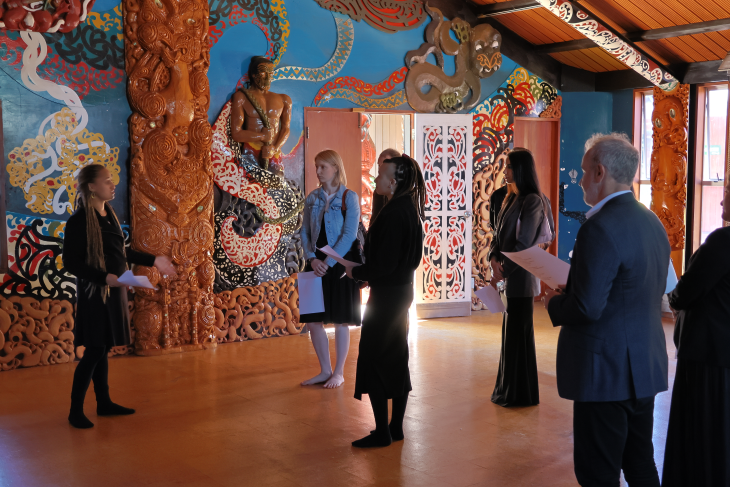
Kaimahi from Active+ visited Te Kōhao Health in Hamilton for a cultural day.
Transforming lives with culturally safe care
In recent years, Active+ has gathered plenty of anecdotal evidence of the importance of kiritaki (clients) being treated in a culturally appropriate manner, and the positive impact this can have on their lives.
For example, Erin tells the story of a single mother from Hamilton, whose recovery journey was transformed by a culturally safe experience.
She had hurt her back and was trying to manage as best she could. But she’d become isolated from friends and whānau, and was struggling to look after her pēpi (baby) while dealing with the injury.
“She hadn’t spoken to her mum for a couple of years and was finding it hard to function – she couldn’t stand for more than a few minutes,” Erin explains.
After being referred into the Active+ Escalated Care Pathway by Te Kōhao Health, the young māmā (mum) was connected with Ana Marsters, a Whānau Ora navigator employed by Active+.
Ana helped her client work closely with a physiotherapist, occupational therapist, rongoā Māori practitioner and psychologist. Ana also helped her overcome some of the barriers to accessing health services, such as arranging childcare and re-establishing positive relations with her whānau. As part of the Escalated Care Pathway, financial barriers were also removed.
By the end of the programme, her pain had reduced to low levels, she’d regained her mobility and was now able to look after herself and her baby. She was also reporting much higher levels of positive wairua (spirit) and could reach out to whānau when she needed to.
“I asked the client why having a Māori health navigator like Ana had made such a difference,” Erin says.
“And she said, ‘Because I just trusted her. I knew she understood me and knew what I was about, so I felt I could relax’.
“There’s enough of a power discrepancy between a health professional and a client anyway, if you then add inequities and differences of lifestyle then there’s a massive disconnect.
“It’s a good example of how treating someone in a culturally safe way and recognising they might have different needs can make a big difference in helping them get better.”
Building a whare on solid foundation
Despite such success stories, Erin is open about the fact that Active+ still has plenty of mahi to do in this area. But she’s pleased with the tūāpapa (foundation) that has been laid.
“We’re getting close to where we want to be, we’ve got a plan and we know what we want to do,” she says.
“One of our strategic goals is for Te Tiriti to be part of everything we do. We want to be really confident in knowing all our employees understand cultural safety and ensuring we have cultural advisors embedded into the organisation, so it’s just a natural part of what we do.”
Current initiatives in this area at Active+ include specialist training and a need for kaimahi (staff) and contractors to show evidence of a commitment to cultural safety in their professional development.
Active+ also provides a range of training resources that sit within a cultural capability hub, as well as highlighting the importance of cultural competency during an annual conference.
“At each conference, we present a cultural workshop on a variety of different cultures,” Erin explains.
“We concentrated on Māori and Pasifika this time but we’ve also featured Chinese, Indian and other ethnicities. It’s always fascinating and we get lots of great feedback from people.”
Erin is looking forward to what the future holds for the Active+ whānau as they look to achieve culturally safe experiences for all their kiritaki.
“We’re on a journey, and we’re growing. It’s really important to us and we’re doing some great things – but we still have room to grow and learn,” she says.
“We want to embed culturally safe thinking at every level of what we do.”
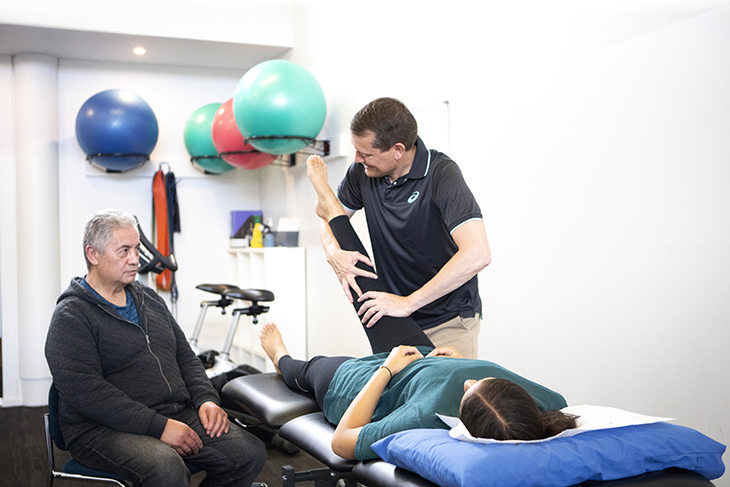
There are many things health providers can do to make sure they offer culturally appropriate care.
Erin's advice for health providers and suppliers
- Engage with experts to make a cultural safety plan for your organisation
- Engage with local Māori leaders to ensure you have the right advice for what’s needed for kiritaki in your region
- Support your kaimahi with specialist training and ask them to evidence their commitment to cultural safety in their professional development
- Provide a range of training resources for kaimahi to draw on
- Emphasise the importance of cultural competency to your kaimahi at staff events and conferences
- Provide learning opportunities through cultural competency workshops for kaimahi, with a focus on various cultures and communities
- Embed cultural advisors into your organisation so upholding cultural safety and Te Tiriti is a natural part of what you do



